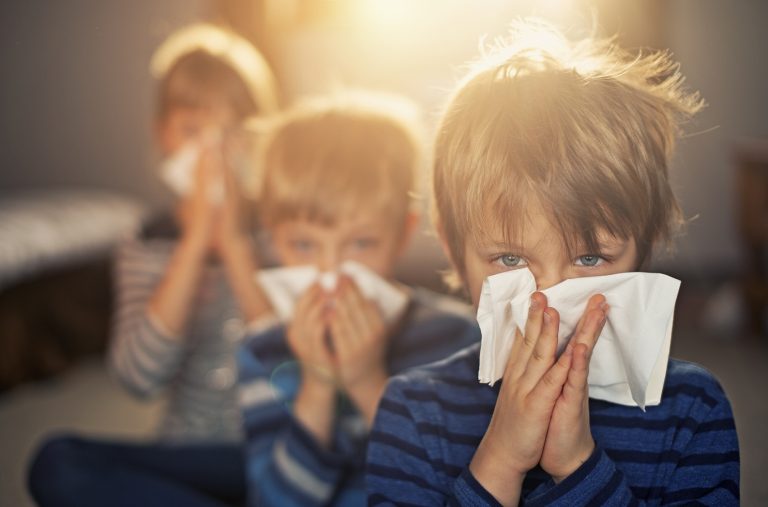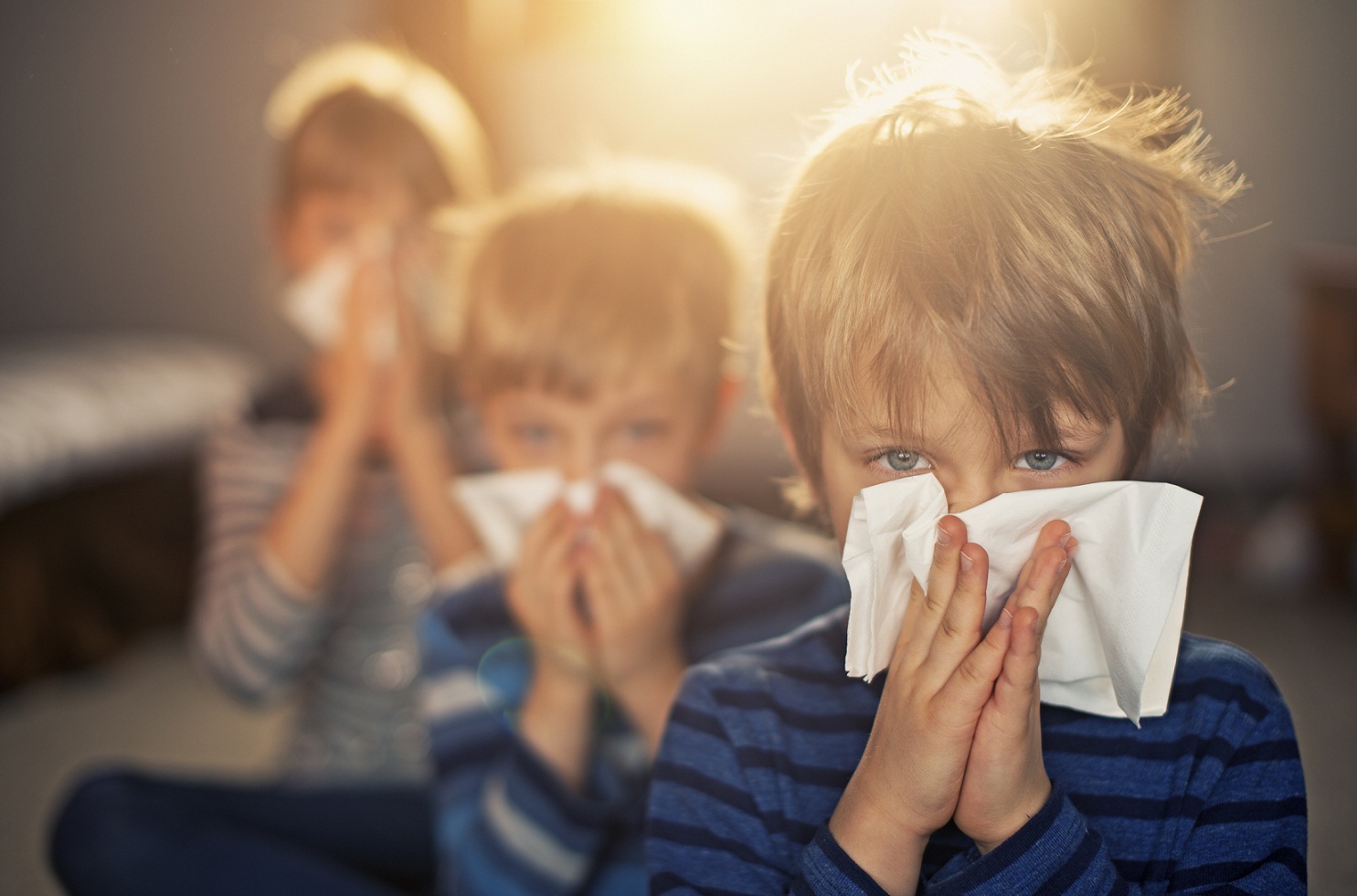- There are many reports of the deaths of children from influenza during every flu season.
- News stories about influenza-related deaths do not always provide background information on the patient’s medical history and events leading up to the death.
- It is important to understand any potential co-factors that may be related to a flu-related death prior to determining cause.
When “flu season” arrives each year, it is accompanied by a surge of media reports about children who have died from influenza. Many of these stories focus on the dangers of contracting influenza, which usually leads to the journalist or media outlet to emphasize the need for everyone to get an annual flu shot regardless of whether it is effective or not.1 2 3 4 In many cases, the death is blamed on the child not having received the flu shot.
In cases where the child did get the flu shot, the fact that the vaccine proved to be ineffective is entirely dismissed. Often, news stories indiscriminately attribute the death to influenza while omitting important background information and events leading up to the death. Attributing death to influenza may not always be as straightforward as it appears.
Journalists Are Not Asking Relevant Questions
After reading numerous news reports of children dying from the “flu,” it is evident that journalists are not asking public health officials relevant questions regarding the child’s medical history and the events that occurred after the child contracted influenza. These media stories are missing important questions regarding potential co-factors that could contribute to an influenza-related death.
First, journalists should be asking questions about the medical history. Did the child have any other health problems, such as asthma or another chronic disease? Was the child taking any prescription drugs? Could any other environmental or biological co-factors have contributed to the child’s death?
Equally important are questions regarding the events that occur after the child contracts the influenza. When and how many times did the child see a physician? Was the child under the care of more than one physician? Was the child prescribed any medications and what are the side effects of those medications? If prescribed more than one medication, could the drugs have interacted with each other or with a previously prescribed medication?
Numerous factors come into play when determining the cause-of-death, however, current news stories on influenza-related deaths are based on selective reporting and, therefore, often do not provide an accurate or thorough account of what happened. This type of careless journalism about influenza-related deaths communicates misleading information and promotes anxiety and fear.
Historically, the mission of journalists has been to straightforwardly and wit professionalism report news that contains accurate facts, fair balance and does not forward a narrative with a specific political, ideological or business agenda.
The U.S. Centers for Disease Control and Prevention’s (CDC) mortality statistics only count “the underlying cause-of-death” which is defined as the condition that led the person to seek treatment.5
The CDC uses the World Health Organization’s (WHO) definition of “underlying cause-of-death”:
the disease or injury, which initiated the train of events leading directly to death, or the circumstances of the accident or violence, which produced the fatal injury. Underlying cause-of-death is selected from the conditions entered by the physician on the cause of death section of the death certificate. When more than one cause or condition is entered by the physician, the underlying cause is determined by the sequence of conditions on the certificate, provisions of the International Classification of Disease, and associated selection rules and modifications.5
Any other medical complications or errors that occur before or after the patient seeks medical treatment are not included in published totals making it crucial to understand what is known and not known about each death.6
References:
1 Robinson L. Flu concerns heighten in Maryland after girl’s death. WBALTV.com Feb. 6, 2017.
2 Hinton J. Winston-Salem girl, 12, has died from flu. Winston-Salem Journal Feb. 22, 2017.
3 Schmitt B. Girl’s flu death spurs vaccine questions. Triblive.com Feb. 13, 2017.
4 Fisher BL. CDC Admits Flu Shots Fail Half the Time. NVIC Newsletter Apr. 26, 2017.
5 U.S. Centers for Disease Control and Prevention. Underlying Cause of Death 1999 – 2015. U.S. Department of Health and Human Services Dec. 8, 2016.
6 Allen M, Pierce O. Medical Errors Are the No. 3 Cause of U.S. Deaths, Researchers Say. NPR May 3, 2016.















2 Responses
When a child dies of influenza, it would be in the best interest of Big Pharma and the CDC to require testing to determine if the viruses or a bacteria caused the death and if it was in the flu vaccine developed in that years vaccine before tooting there own horn stating the child had not received the flu shot.
Present the facts, don’t just worry about how much profit you will make on the vaccine.
It’s worse than that, Rishma. CDC disingenuously and deliberately reports pneumonia cases and deaths in the same category with influenza cases while knowing that the vast majority of the aggregate did NOT have actual flu. This has been well documented by medical doctors in medical journals. They do this expressly to push vaccines, which they own the rights to 56 of.
https://jonrappoport.wordpress.com/2016/06/15/boggling-flu-hoax-not-for-prime-time-news-2/